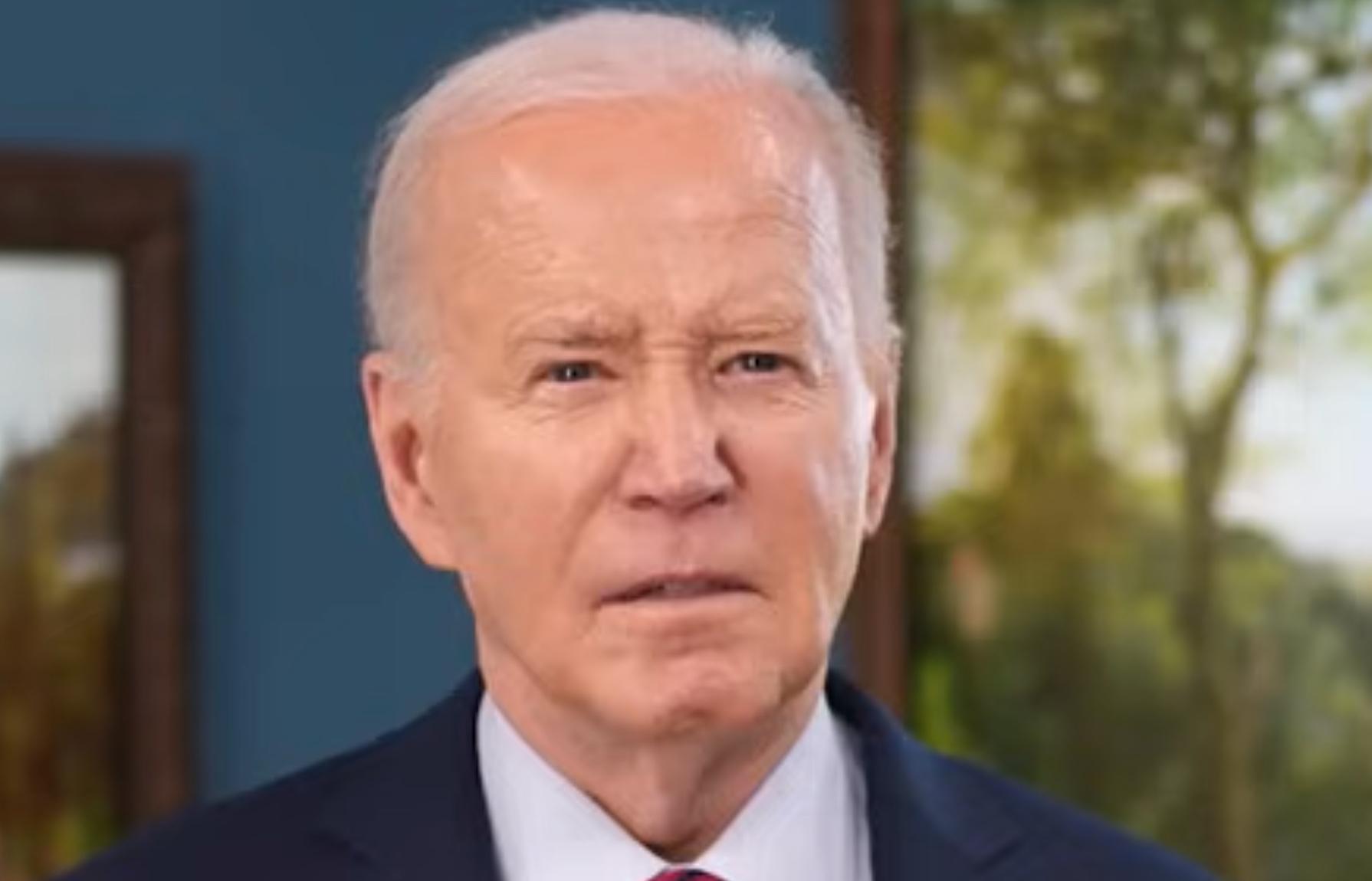
In January 2008, Sergeant Nicholas Ranstad marked the longest confirmed shot by an American sniper in Afghanistan at that time.

Ranstad’s record has since been surpassed, but his legacy remains in the military.

While proud of his achievement, Ranstad attributed greater pride to his service in uniform, emphasizing the importance of teamwork.

In Kunar Province, Afghanistan, Ranstad faced four armed Taliban fighters 1.28 miles away. Ranstad aimed from an Afghanistan Border Patrol hut rooftop, targeting enemies as far as 6,778 feet away.

After a miss and regaining focus, Ranstad’s shot again and killed one of the Taliban terrorists as others sought cover.

Ranstad and other American heros have continued to battle post-traumatic stress disorder (PTSD) following the war.

Ranstad, a veteran out of the military for six years, now works to highlight challenges faced by veterans, particularly with traumatic brain injuries (TBIs).

The bureaucratic process for diagnosis hampers access to benefits despite severe symptoms like headaches, insomnia, and emotional outbursts.

Ranstad’s narrative and plea illustrate systemic flaws in veteran care, urging attention from policymakers like Joe Biden and Donald Trump for the 2024 election.

The plea stresses prioritizing veteran well-being over benefits given to migrants, addressing issues like homelessness among veterans.

Ranstad comes from a military lineage with ancestors serving in various capacities, instilling in him a deep respect for their commitment to American security.

Initially inspired to enlist in a tank platoon, he pursued a career as a Cavalry Scout and later transitioned to sniper training due to the Army’s demand for sharpshooters.

Ranstad comes from a military lineage with ancestors serving in various capacities, instilling in him a deep respect for their commitment to American security.

Initially inspired to enlist in a tank platoon, he pursued a career as a Cavalry Scout and later transitioned to sniper training due to the Army’s demand for sharpshooters.

